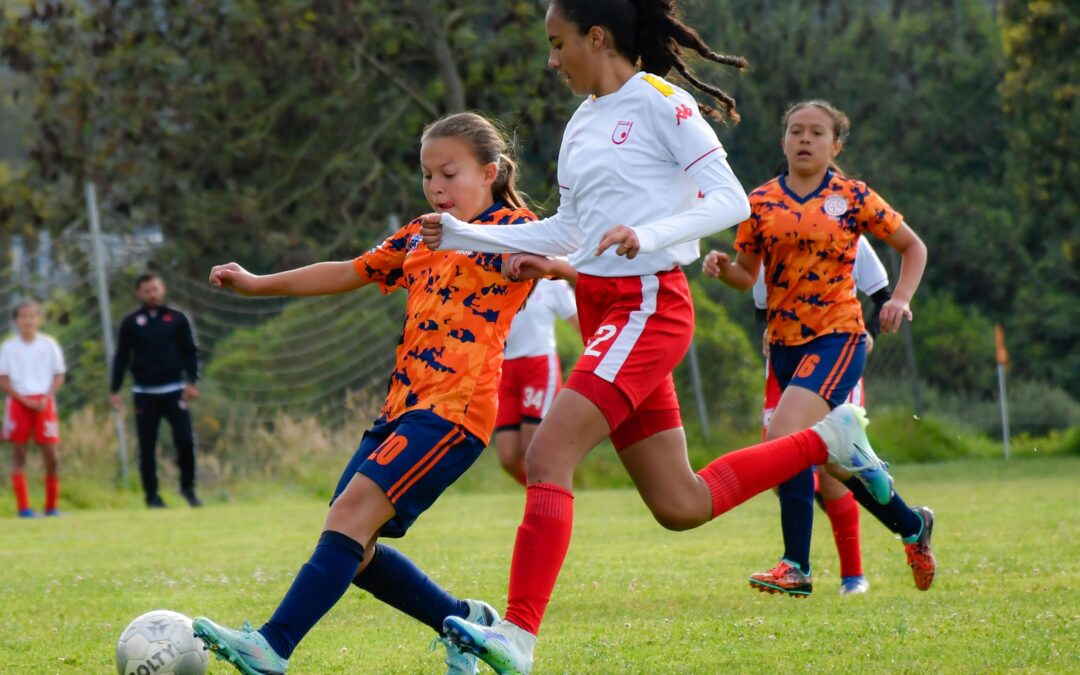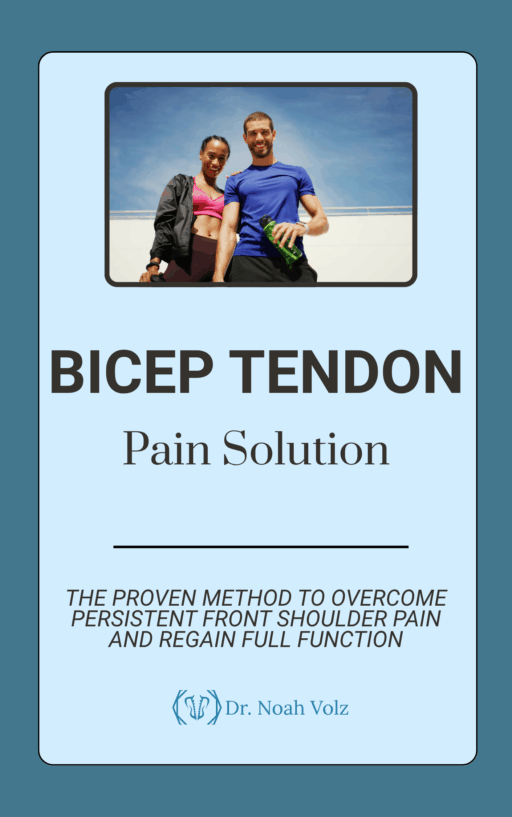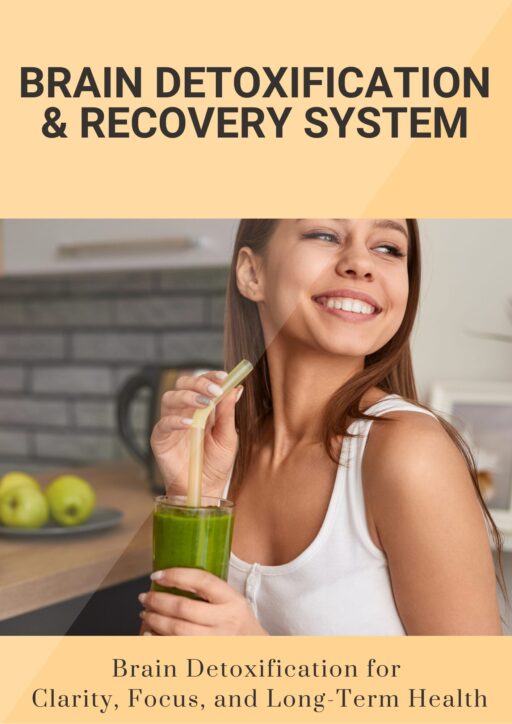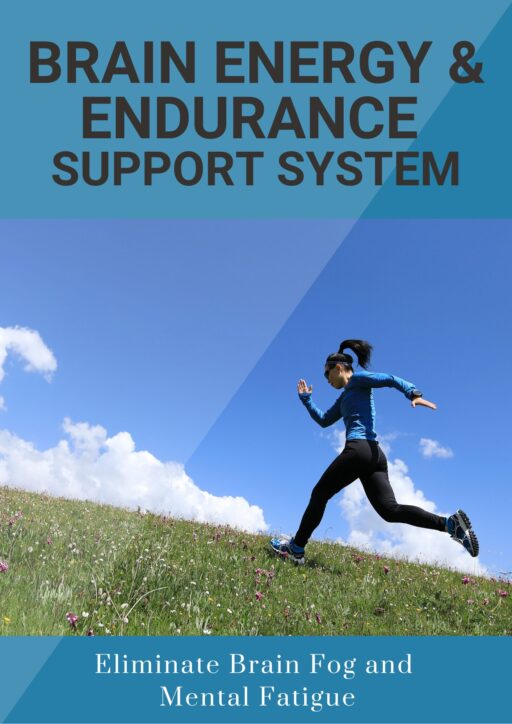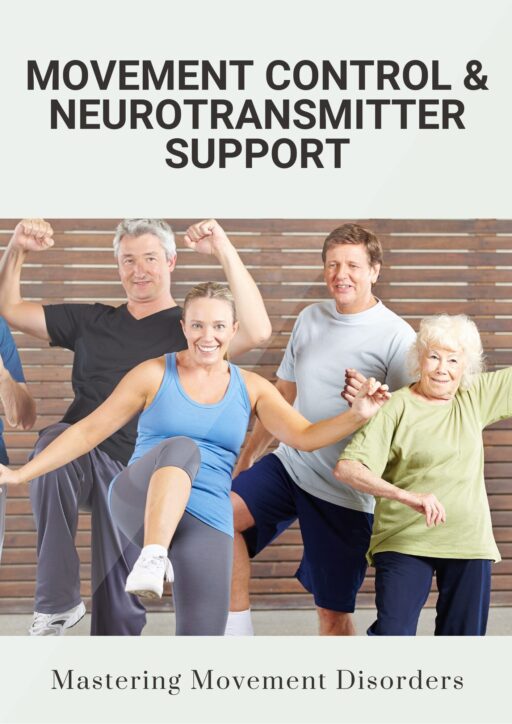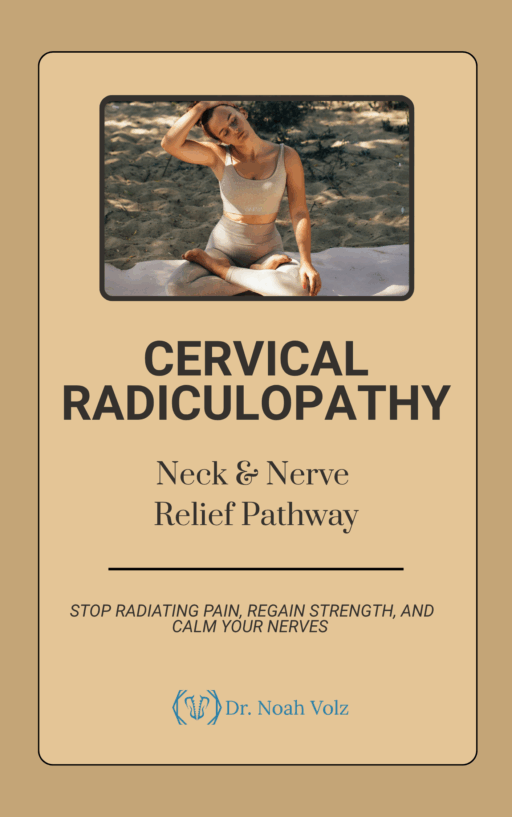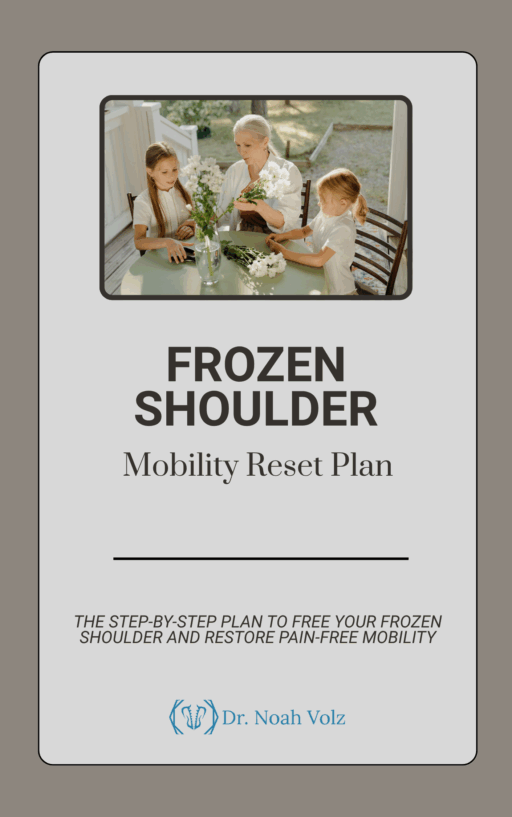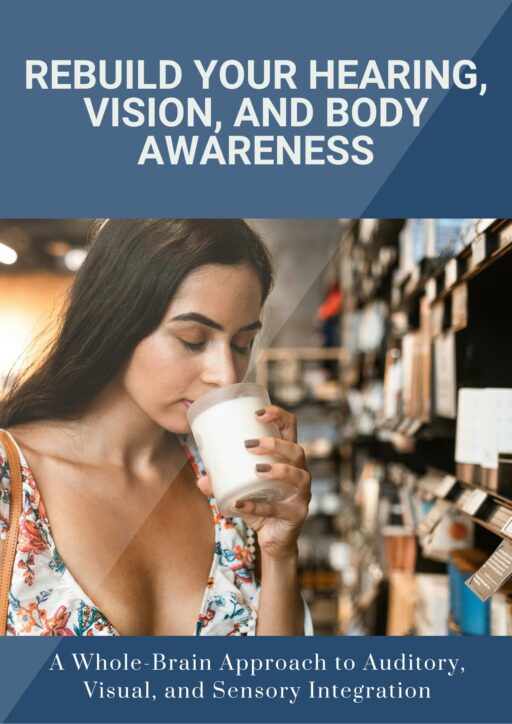It starts with a whisper.
A 15-year-old girl, captain of her soccer team, trains six days a week. She’s driven. Focused. Her parents admire her discipline. But slowly, her energy fades. She’s more irritable. Sleep becomes fragmented. Her usual spark on the field dims. Then, the injuries begin—first shin splints, then a hamstring strain, then relentless fatigue.
Everyone asks, “What’s wrong?”
Few think to ask: “Is she eating enough to support the athlete she’s becoming?”
What Is RED-S?
Relative Energy Deficiency in Sport (RED-S) is a syndrome caused by insufficient caloric intake to support both an athlete’s training and their essential body functions. It affects mood, performance, injury recovery, hormone balance, sleep, digestion, and long-term health. Often, it’s not intentional.
This isn’t about eating disorders. It’s about athletes not knowing they need to fuel their bodies differently—especially female athletes. It’s about well-meaning families and coaches who don’t realize that a skipped snack can knock out an entire hormonal system. It’s about advice like “train fasted to burn more fat” that may work in male studies, but hurts female athletes.
You can’t run a high-performance engine without enough fuel.
Why Teen Girls Are More Vulnerable
Female physiology is incredibly dynamic. During the high-hormone phase of the menstrual cycle—the two weeks before a period—estrogen and progesterone make it harder to access stored carbohydrates, raise core body temperature, and disrupt sleep and recovery. Exercising fasted during this phase increases risk for fatigue, injury, and burnout.
A missing or irregular period is not just “normal for athletes.” It’s a signal. The body is conserving energy by shutting down systems it considers nonessential—like reproduction, bone health, and digestion.
Common Signs of RED-S
-
Recurring injuries (shin splints, stress fractures, tendonitis)
-
Frequent illnesses during the season
-
Poor sleep and fatigue
-
Mood changes and low motivation
-
Missing or irregular menstrual cycles
-
Digestive symptoms (bloating, cramping, loose stools)
-
Decreasing performance despite continued training
What Parents Can Do
Ask, don’t assume
Include simple, nonjudgmental questions in your routine. For example: “Are you eating before and after practice?”
Support tracking with purpose
Help your teen use a menstrual cycle tracking app like Wild.AI. It helps them understand how their energy and performance connect with their cycle.
Speak the language of fueling
Avoid moralizing food choices. Replace phrases like “watch what you eat” with “let’s make sure you’re fueling enough to feel strong.”
Refer when needed
If your teen is missing periods or their performance is declining, consult a registered dietitian familiar with sports nutrition. Most cases of RED-S are due to underfueling, not eating disorders.
What Teen Athletes Can Do
Start the day with food
Even a small snack before early workouts helps reduce injury risk and improves energy. Options include a banana with nut butter, toast with avocado, or a protein shake.
Eat within 30–40 minutes after training
This is the body’s prime recovery window. Pair protein with carbohydrates—like Greek yogurt and granola, eggs and toast, or chocolate milk.
Snack consistently throughout the day
Try to eat something every 3–4 hours. Examples include trail mix, hummus and crackers, or string cheese with fruit.
Track your cycle and adjust
During the high hormone phase (weeks 3 and 4), adjust your hydration, recovery time, and sleep routines. It’s normal to feel more tired or slower during this time.
Redefine what it means to be strong
Strength isn’t just about performance—it’s about knowing your body, respecting it, and giving it what it needs to thrive.
Misconceptions About Female Athletes and Fueling
“Training fasted is better for fat loss.”
Not for premenopausal women. Fasted training in high hormone phases can lower performance and increase stress.
“Missing a period is normal for serious athletes.”
Common, yes. Normal, no. A healthy menstrual cycle is a key marker of overall health in female athletes.
“She’s eating plenty—she just snacks all day.”
Snacking alone isn’t enough. Timing matters. Skipping breakfast and eating only late in the day can still result in RED-S.
Evidence-Based Tools and Tips
The LEAF Questionnaire
A validated screening tool that clinicians can use to assess risk for RED-S.
Protein After Exercise
Female athletes need 0.32 to 0.38 grams of protein per kilogram of body weight immediately after workouts. For a 140-pound athlete, that’s about 20–25 grams of protein.
The PMS Stack (7 days before period starts)
-
Magnesium (250mg)
-
Zinc (45mg)
-
Aspirin (80mg)
-
Omega-3s (1g)
This combination helps reduce inflammation, cramping, and PMS symptoms.
Post-Exercise Snacks to Try
-
Chocolate milk
-
Protein smoothie with fruit
-
Greek yogurt with granola
-
Hard-boiled eggs and toast
-
Cottage cheese and pineapple
Cycle-Phase Hydration Adjustments
During the high hormone phase, include electrolytes and carbohydrates during longer workouts. Electrolyte mixes like Scratch Labs or First Endurance can be helpful.
Iron Supplementation Tips
Take iron during weeks 1 and 2 of the cycle (low hormone phase), ideally before workouts or more than 6 hours after. Always test iron levels before supplementing.
Final Thought
Your daughter isn’t broken. She’s living in a world that’s only just beginning to understand her physiology. She doesn’t need to work harder—she needs better support, smarter tools, and permission to listen to her body.
When we shift from controlling to collaborating—when we trust her body’s signals instead of dismissing them—we unlock the kind of strength that lasts a lifetime.
-

Bicep Tendon Pain Solution
$50.00 -

Brain Detoxification & Recovery System
$50.00 -

Brain Energy and Endurance Support System
$50.00 -

Brain-Based Movement and Motor Control Training
$50.00 -

Centralized Low Back Pain
$50.00 -

Cervical Radiculopathy: Neck and Nerve Relief Pathway
$50.00 -

Complex Low Back Pain
$50.00 -

Complex Radiating Low Back Pain
$50.00 -

Cross-Pattern Low Back Pain
$50.00 -

Frozen Shoulder Mobility Reset Plan
$50.00 -

Impingement Syndrome: Shoulder Relief Framework
$50.00 -

Mastering Brain Senses: Rebuild Your Hearing, Vision, and Body Awareness
$50.00

